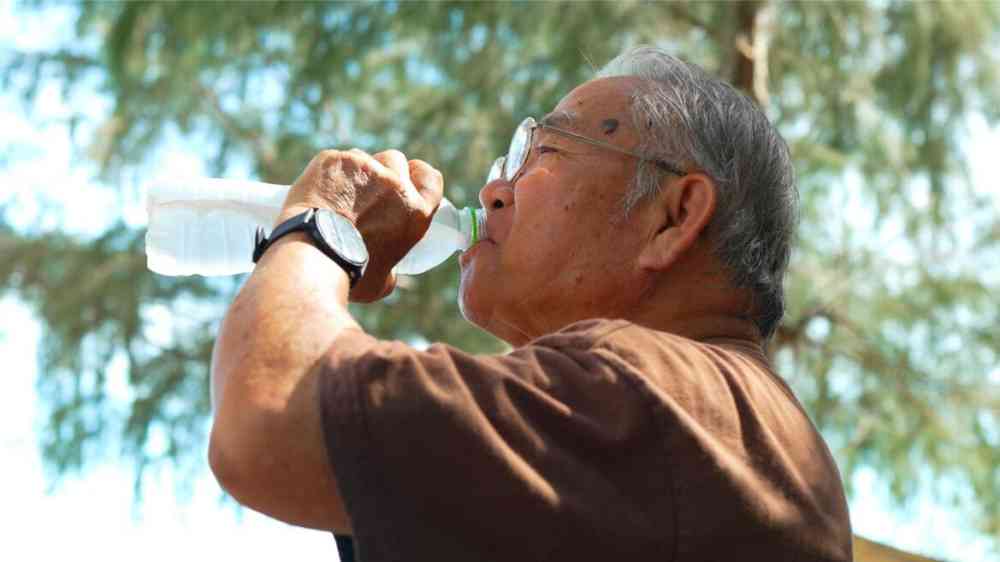Older women more vulnerable to heat than their male peers, researchers find

As global climate change causes extreme heat waves to become more common around the world, epidemiological studies have shown that heat kills more women than men. Now, a new study by researchers at Penn State has found that older women are physiologically more vulnerable to high heat and humidity than older men, and that women between the ages of 40 and 64 are as vulnerable as men 65 years of age or older. This is the first study to determine this disparity exists due to physiological differences rather than because women live longer than men - leaving a larger population of older women than older men.
Led by Olivia Leach, doctoral candidate in kinesiology at Penn State, and her adviser, W. Larry Kenney, professor of physiology and kinesiology, and the Marie Underhill Noll Chair in Human Performance at Penn State, the researchers demonstrated that middle-aged and older women were affected by heat at lower temperature/humidity combinations than middle-aged and older men. The results, published in American Journal of Physiology-Regulatory, Integrative and Comparative Physiology, were somewhat unexpected, according to Leach, because there are no differences in heat vulnerability based on biological sex in adults younger than 30.
While the researchers did not directly compare middle-aged men to middle-aged women, the physiological responses of middle-aged women were similar to the responses of older men in the study, which demonstrated that middle-aged women are more vulnerable to heat than men of the same age.
"In addition to demonstrating that middle-aged and older women are at greater risk from extreme heat, we also identified what levels of heat and humidity are safe for women as they age," Leach said. "This information is presented as a temperature/humidity curve based on a person's age, and it can be useful for setting policies designed to keep people safe during a heat wave."
The researchers tested the heat thresholds of 72 participants between 40 and 92 years of age in a specialized environmental chamber in Kenney's laboratory. Before the experiment, participants swallowed a tiny device encased in a capsule that measured their core temperature throughout the experiment.
During the study, participants entered the specialized environmental chamber where they performed light physical activity to simulate the effort of minimal day-to-day tasks - the types of things people would need to do even during a heat wave. The researchers then gradually increased the temperature and/or humidity in the chamber until the participant's body could no longer adequately cool itself, and their core temperature began to rise.